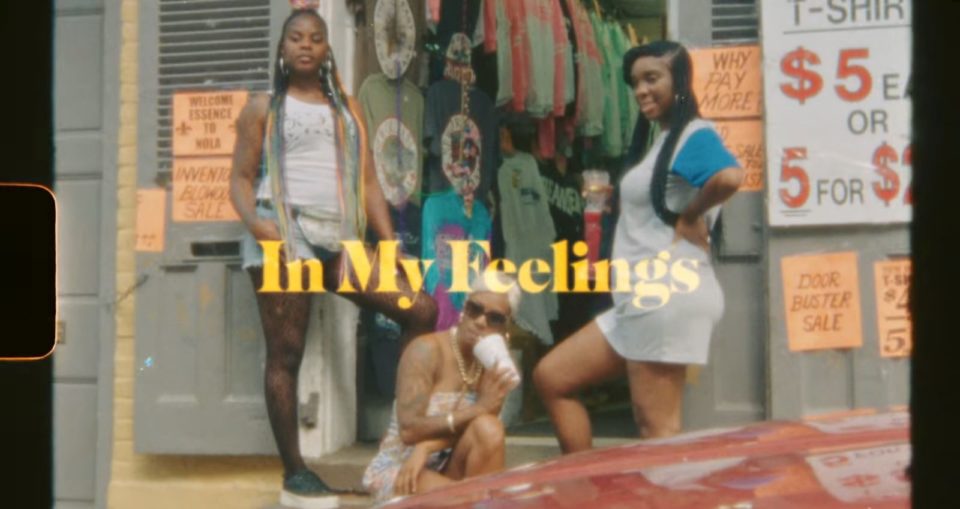We sat in a circle.
My eyes bounced from person to person as we shared names and preferred gender pronouns. Then came my turn to introduce myself to other Girls Rock Camp Alliance members: “Good morning. My name is Maranda, and I go by she, her, and hers.” A lively discussion then opened with a simple question: “What is consent?”
I heard responses such as “required”, “specific”, and “enthusiastic” fill the air. Such responses drew upon our collective expertise—from our lived experiences to our professional training as educators and program administrators. When prompted for more specific parameters of consent, we recited the age of consent for our respective jurisdictions.
While engaged in this New Jersey-based conference workshop, I immediately thought of my youth development work in the nation’s capital with Promising Futures, the community-based program I co-founded. I have always made explicit to the DC youth in my program that the age at which they can legally consent to sex is at 16, regardless of whether they are gay, straight, or questioning. I also emphasize that they can legally access family planning and STI prevention and treatment services as a minor without parental consent in DC.
However, the CDC notes that DC does not define HIV among the listed STIs. What this means is that the same consent laws do not apply to minors when attempting to obtain HIV testing/counseling or to access PrEP. In my experience, many DC youth are unaware of their legal rights as it relates to consent to sex and to lifesaving sexual health care. In turn, they don’t know where to access free, youth-friendly services.

Going back to the conversation at hand, we confidently declared that consent must also be ongoing and active. In fact, many shared the sentiment that just because you gave consent yesterday does not mean you automatically must engage in any given sexual encounter going forward. In other words, repeated expressed permission is required for every sexual act with every sexual partner. Yes, yes, yes!
I delighted in witnessing everyone cosign each other’s ideas. even finishing each other’s sentences as we developed a shared understanding of consent. However, it was the next set of questions that gave many of us pause: What does consent sound and look like? Many workshop attendees responded with the clarifying questions one can pose to elicit a clear response from their partner:
- “Is this okay?,”
- “Do you want me to…?,”
- or, “Does this feel good”?
I admitted that it was this very question that was the cause of debate among youth peer educators at Promising Futures. One of the male-identified youth shared that there may be instances when a sexual act feels good but does not necessarily translate into him wanting to act on it. It was this point that I used to segway into sexual assault—especially for those who believe it is impossible for a man to be raped. Simply put, blood can flow to the penis, causing an erection, even if the mind is set on abstaining from sex.
The same goes for any other part of the body that is sexually stimulated, regardless of one’s gender or sexual identity.
Consent is not solely a reflection of one’s bodily response.
We stood at this point for a minute because, theoretically, consent should be reflected in a reciprocal physical response to one’s partner. However, this physical response must also be paired with the emotional feeling of wanting to do it in order for consent to be valid. The facilitator placed an asterisk on this question to denote the very robust conversation that erupted. She then offered an additional question based on what we shared: “How do you feel”?

I know the youth in my program often joke about their peers “being in their feelings” about any given situation. The idea here is that showing emotion is a sign of weakness. I must point out that the underlying premise, in this case, is an archaic, sexist, and misogynistic one and I must take a brief moment to unpack why this matters.
Put simply, emotions make us human. Emotions are what connect humans across differences in time, geography, and culture. Value is placed on the use and expression of particular emotions, and stigma surrounds anything outside of that expression. A quick example: though pride and anger are both emotions, no one says “you’re so emotional” to a cisgendered man who is pridefully boasting or angrily shouting during a competitive sporting event. It is because these emotions are associated with masculinity that they are not dubbed as “weak” or as “emotions” at all. We need to address these gendered norms and patriarchal expectations when discussing consent.
Why? Well, I’m glad you asked.
Allow me to provide you with two examples of how gender norms and the feelings that come from them matter when discussing consent:
- There is a misconception that being married means that your spouse has unlimited access to your body. This is paternalistic and patriarchal because it is based on the idea that one’s body is owed to their partner. Every person has the right over their own body, including when and how to use it. Claiming this right is what consent looks like (and will be accompanied by positive feelings about one’s body, sex, and sexuality).
- Another misconception is that cisgendered men, or those who are older, more sexually experienced, or the breadwinner, should be the ones to initiate sex or accept sexual advances from their partner. This is paternalistic and patriarchal because it is based on the idea that power and control in the relationship should be dominated by the partner with gender, age, and economic privilege. Sharing this power is what consent looks like (and will be accompanied by positive feelings about sex, sexual identity, and sexual expression).

Without being attuned to these cross-cutting issues, it is challenging to explore what consent really feels like. That is why I like the open-ended question, “how do you feel?” because it requires a specific response that allows for proper and thoughtful communication between partners. Openly expressing feeling eager, ready, conflicted, or unsure allows for both partners to be and feel heard. That moment then becomes part of a larger social system filled with tugs at power, identity, sense of belonging, and safety.
So, when it comes to giving—and asking for—consent, I say:
Stay in your feelings.


